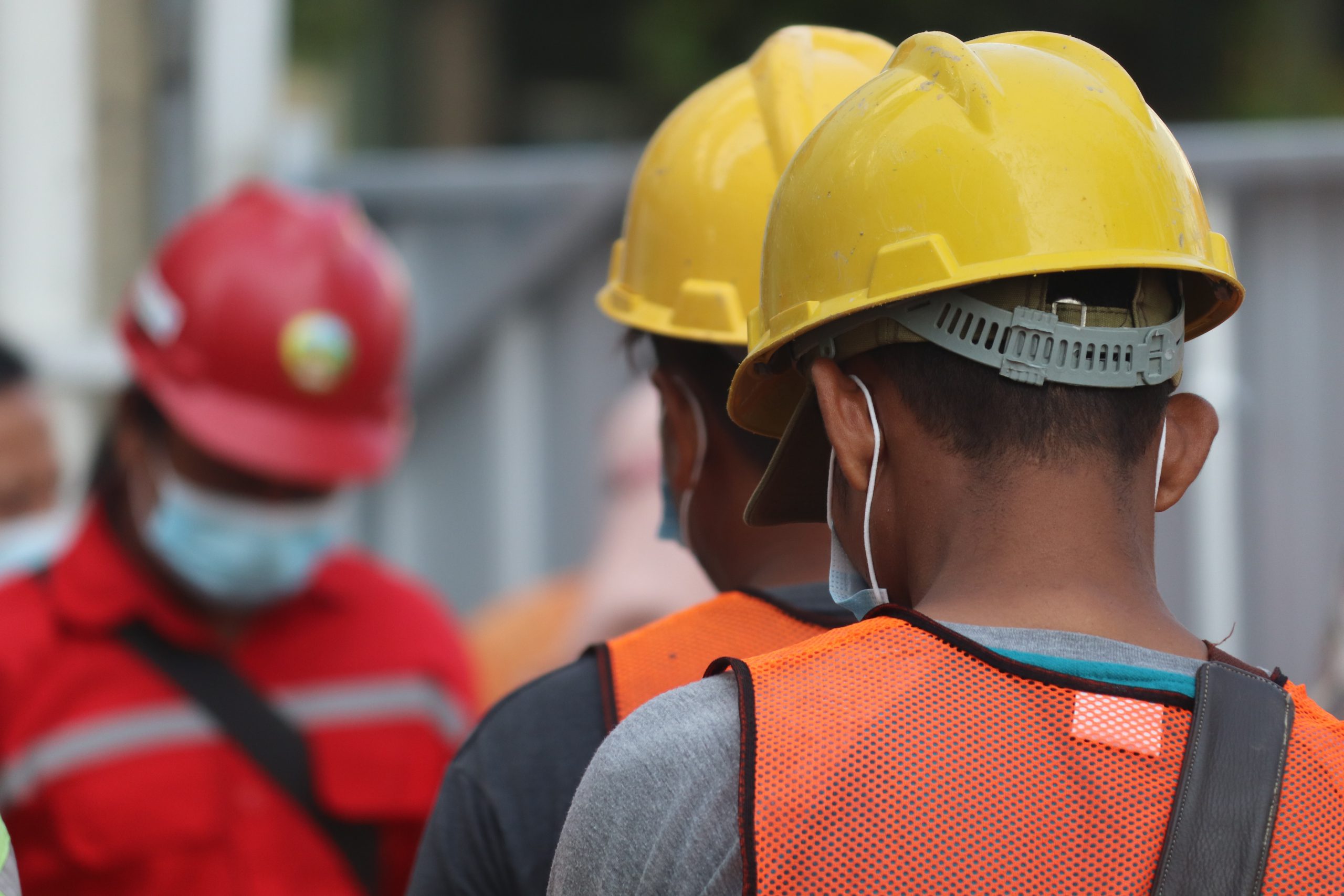As summer business heats up, a strong focus on work, health and safety (WHS) in pest and building inspection jobs is becoming increasingly important. Especially when it comes to heat exhaustion and manual handling.
Being called out to perform pest control work or conducting pre-purchase building inspections requires a certain degree of physical labour. As do most of the job activities in this sector. This opens up you and your crew to many risks, with the above-mentioned two are what you’ve told us are of greatest concern during these hotter months.
Here is a guide as to when these may be a problem and how to avoid them.
The Big Risks – WHS in Pest Jobs and Building Inspection Jobs
It’s not only hotter during this time of year, we’re working harder than we do at other times of year. Often without taking the breaks we should and unconsciously prioritising speed over safety. Which is why we need to pay special WHS attention to…
Heat exhaustion
Heat exhaustion is always a risk when conducting a certain degree of physical labour, however the level of risk rises significantly during our peak season.
Some tasks increase the likelihood further. For example, the personal protective equipment (PPE) required during pest control jobs can get very hot when worn for an extended period of time. Another activity that will increase the likelihood of heat exhaustion is a roof inspection.
Climbing through a ceiling manhole or crawling under a property and then spending time inspecting for damage and pests in these high temperature areas can quickly become dangerous. There’s a reason why dogs in hot cars can perish quickly. Don’t over-stay your welcome in hot, tight-squeeze areas like this.
Manual handling
As for manual handling risks, we all know lifting heavy chemical containers poses the risk of dropping the container, straining your back or causing injury in another way. Manual handling of heavy tool belts and sprayers also poses a risk of straining muscles or causing some other injury.
And beware the twists and turns that need to be executed through inspecting nooks and crannies for structural faults and pests. Manoeuvring equipment and your body through the space takes concentration and dexterity.
Remember: these two big WHS risks often co-occur, with one causing the other. For example, the heat of summer can cloud your focus quickly and reduce your strength. Especially when you’ve been working too long without a break or water.

Tips to Avoid WHS Dangers
There are some practical WHS safety measures to take to make sure your team reduces their risk of injury or illness.
Here are helpful pointers:
1. Plan ahead
Preparing for the job well will help you navigate WHS risks successfully. A key tool for doing so is asking your customer plenty of questions about the job site and completing a WHS risk assessment ahead of commencing. A safe work method statement could also help you not only prepare well but provide evidence of detailed preparation if the job results in an injury or accident.
2. Hydrate
Make sure you and your team are keeping their fluids up with plenty of water. If you’re working in a remote location without easy access to running water, make sure to bring lots along with you and keep it in as cool a spot as possible.
3. Educate
Teach your workers about heat exhaustion symptoms, correct lifting techniques and the signs of body strain. Talk to them about feeling comfortable with saying when they need a break. Ensure they keep their knowledge up to date on the safest ways of moving through a job. Lead by example – is it time for a Rapid Training refresh?
4. Keep it top of mind
One way of doing this is making WHS a regular topic during staff meetings and emails. Check in with your people individually on a regular basis to ensure they’re not pushing themselves, especially during peak season. A healthy employee is a productive employee.
5. Take more breaks
During particularly hot days, make sure your workers are able to take additional rest breaks and encourage them to do so. Slowing the pace is better than regretting it later and having to accommodate employee downtime accompanied by a workers’ compensation pay-out.

Recognising Heat Exhaustion Dangers
When it comes to WHS in pest jobs and building inspection jobs, good practice means recognising the signs of heat exhaustion before it becomes a problem. Heat exhaustion can range from mild discomfort to heat stroke.
Look out for the following stresses as outlined by the Department of Mines, Industry Regulation and Safety:
- discomfort – flushed skin, increased sweating, heat rashes (prickly heat)
- mild heat illness – feeling tired, weak or dizzy, cramps, reduced work capacity, reduced attention span, irritability
- heat exhaustion – fainting, headache, low blood pressure, nausea, clammy, pale or flushed skin, normal to high body temperature (up to 39C)
- heat stroke – irritability, confusion, speech problems, hot dry skin. Convulsions, unconsciousness, body temperature above 40C, cardiac arrest
The following actions should be taken if an employee has heat exhaustion:
- Immediately move them to a cooler environment with good air movement
- Loosen their clothing and, where possible, remove PPE and unneeded layers of clothing
- Allow them to drink cool (not ice cold) water
- Sponge them down with cold water to lower their body temperature
- Seek medical attention if the person does not recover quickly or vomits
Struggling with workload and stress during this busy period? Read our guide on Peak Season: How to Cope This Summer.
Insurance is Critical for WHS in Pest Jobs and Building Jobs
Even with the best WHS protocols in place, accidents can still happen. Make sure you’re well insured this summer with professional indemnity insurance and general liability insurance. Call us on 1300 309 169 to get a quote ASAP if you’re looking to properly protect you, your staff and your business this summer.

